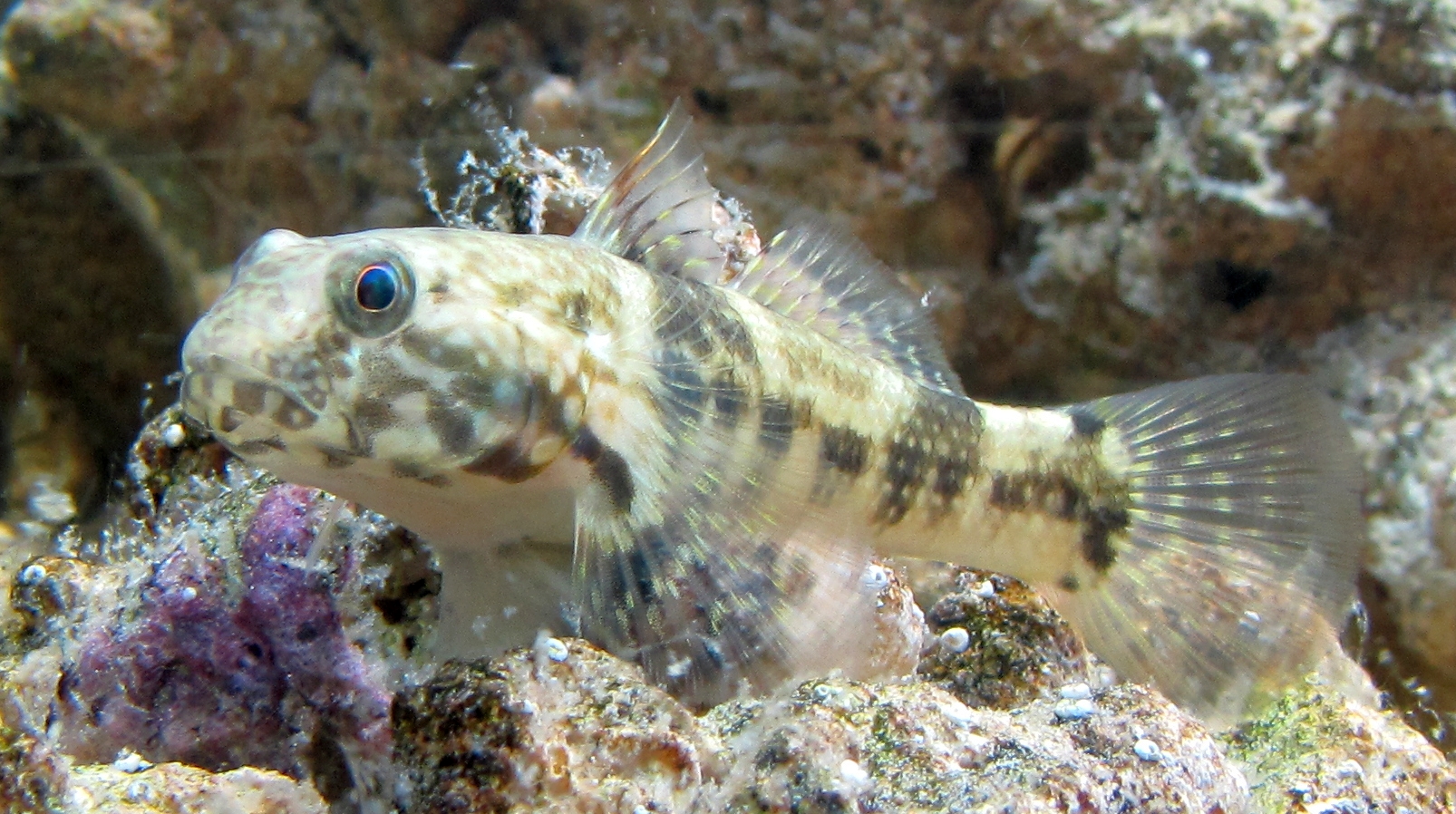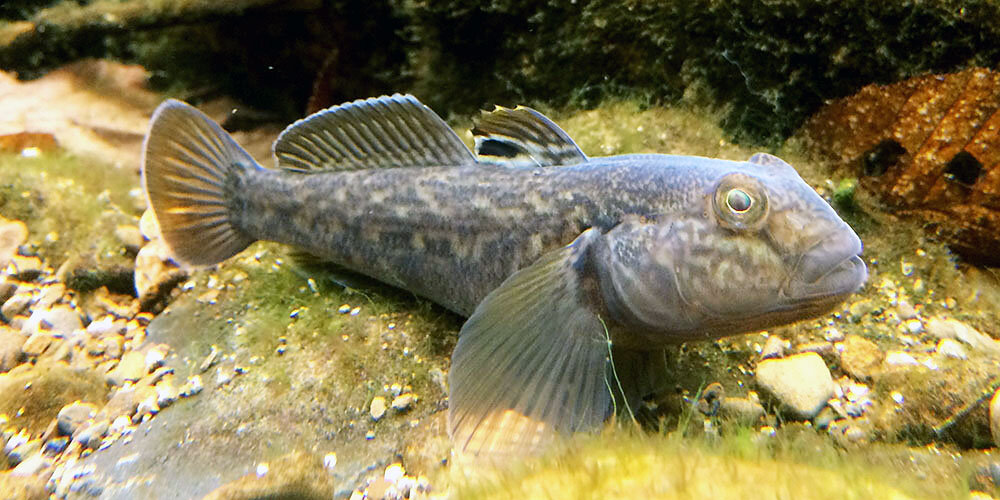The Gobies
Gobies are fascinating fish that have captured the attention of marine enthusiasts and scientists alike. These small, bottom-dwelling fish are found in a wide variety of aquatic habitats around the world. Whether you are an avid fisherman or simply enjoy observing marine life, gobies are a species that should not be missed!
The Challenges of Studying Gobies
Although gobies are widely distributed, they can be challenging to study. These fish are small and difficult to catch. Additionally, they often inhabit areas that are difficult to access, such as deep reefs or rocky intertidal zones. Despite these challenges, researchers have made significant strides in understanding these fascinating fish.
Understanding the Target of the Gobies
Gobies have a unique way of life that sets them apart from other fish. Many species of gobies are bottom-dwellers, spending their time in and around rocky crevices, coral formations, or intertidal zones. Some species are even able to survive outside of water for brief periods by breathing through their skin!
The Ecological Importance of Gobies
Gobies play an important role in marine ecosystems. In many areas, they are a critical food source for larger predatory fish and other aquatic animals. They also play a key role in maintaining the health of coral reefs, by keeping surfaces clean and providing food for other reef inhabitants.
My Personal Experience with Gobies
As an avid scuba diver, I have had the pleasure of observing gobies in their natural habitats. One of my most vivid experiences was seeing a large school of neon goby fish hiding in the crevices of a coral formation. Their bright colors and intricate patterns were absolutely stunning!
Another fascinating encounter was with a pair of shrimp gobies. These fish are known for their symbiotic relationship with pistol shrimp, which create burrows in the sand for both fish and shrimp to inhabit. Watching the two species interact was truly a sight to see!
Conservation of Gobies
Like many other marine species, gobies face a variety of threats from human activities. Overfishing, pollution, and habitat destruction are all major concerns. However, there are steps that individuals can take to help protect these important fish. Supporting sustainable fishing practices, reducing plastic waste, and supporting marine protected areas are just a few examples.
Protecting Gobies in the Wild
One promising approach to protecting gobies is through the creation of marine protected areas. These areas provide a safe haven for marine life, allowing populations to recover and producing healthy, thriving ecosystems. Additionally, efforts to reduce pollution and control overfishing can help to protect gobies and their habitats.
Gobies and Climate Change
As climate change continues to alter marine ecosystems, gobies may face new or intensified threats. Warming waters, ocean acidification, and changing ocean currents are all factors that could impact this important species. Research into the impacts of climate change on gobies is an important area of study.
Questions and Answers
Q. What do gobies eat?
A. Gobies are omnivorous and eat a variety of foods, including algae, crustaceans, and small fish.
Q. How do gobies breathe?
A. Most gobies breathe through their gills, but some species are also able to breathe through their skin or mouth.
Q. How do gobies communicate with each other?
A. Gobies use a variety of visual and auditory signals to communicate with each other, including body posture, color changes, and vocalizations.
Q. Are gobies dangerous to humans?
A. While gobies are not dangerous to humans, some species do have venomous spines that can cause injury if not handled properly.
Conclusion
Gobies are fascinating fish with a unique way of life. As important members of marine ecosystems around the world, protecting these fish and their habitats should be a priority for all of us. By supporting sustainable fishing practices, reducing pollution, and protecting marine habitats, we can help ensure the long-term survival of this important species.
Gallery
British Seashore & Rock Pool Life: Common Goby, Pomatoschistus Microps

Photo Credit by: bing.com / common goby gobies seashore pool british rock life male
You Gobble, Gobie - Conservation
Photo Credit by: bing.com / goby fish gobie gobble mud 2010 benguela bearded lives conservation science eating jellyfish jelly ecosystem reproductive strategies variation male poison
Goby - Wikipedia

Photo Credit by: bing.com / goby wikipedia
Beyond The Fairy Tale: My Fascination For Fishes - Compassionate Action

Photo Credit by: bing.com / goby fish adventurous quickly wants isn possible type fascination fishes tale fairy beyond exploreveg compassionate animals action capabilities sentience suggest
Why The Goby Can Conquer The Waters Of The World

Photo Credit by: bing.com / goby basel conquer rapidly neogobius melanostomus